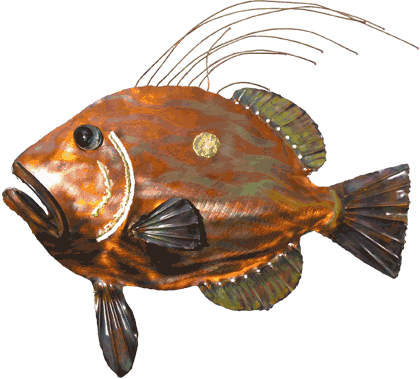|
Looking for something specific ? Search here

Custom Search
COPPER ALLOYS AND HOW TO WELD COPPERCOPPER ALLOYS - Copper is rarely used in its pure state exept in the electrical industry. Copper and copper alloys are some of the most important engeneering materials.This is due to their charicteristics: * GOOD ELECTRICAL AND THERMAL CONDUCTIVITY * GOOD CORROSION RESISTANCE * GOOD METAL TO METAL WEAR RESISTANCE * DISTINCT AESTHETIC APPEARANCE * CAN BE JOINED BY WELDING, BRAZING, AND SOLDERING 
PREPARING THE SURFACE
The weld area should be clean and free of oil, grease, dirt, paint and oxides before welding. Use a wire brush with bronze wire to do the brushing. Follow up by degreasing with a suitable cleaning agent. The oxide film formed during welding should also be removed with a wire brush after each weld is deposited. PRE-HEATINGWelding of thick copper sections require a high preheat. This is due to the rapid conduction of heat from the weld joint into the surrounding base metal. Most copper alloys, even in thick sections, do not require preheating because the thermal diffusivity is much lower than for copper. To select the correct preheat for a given application, consider the welding process. The alloy being welded, the base-metal thickness, and the overall mass of the weld should be considered. Aluminum-bronze and copper -nickel alloys should not be preheated. It is desirable to limit the heat to as localized an area as possible to avoid bringing too much of the material into a temperature range that will cause a loss in ductility. It is also important to be sure the preheat temperature is maintained until welding of the joint is completed. Zinc is the most often used alloying material for copper. Most of these alloys are known as brass.
|




